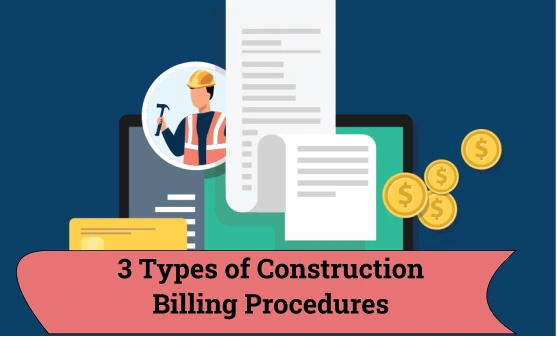3D printing, also known as Additive Manufacturing(AM) is the continuous layering of construction materials to create 3D shapes and structures. The complete process is computer controlled and can be better described as computer aided design. The 3D model can also be designed using 3D scanners.
In the construction industry 3D printing can be used to create construction elements or print entire structures. Depending on the printing method used, different sets of materials and colours can be used to print individual or multiple components simultaneously. Accuracy of printing models can be increased by high resolution subtractive processes. Usage of computer aided design in the construction industry has existed for some time and the recent development of building information modelling(BIM) has facilitated better and greater use of 3D printing.
Different Technologies used in Construction
Some of the different 3D printing technologies that are being used in the construction industry are:
- Robotic Arm Extruders- This technology is also known as contour crafting. Rails are arranged across and around the structure for the movement of the robotic arm that builds the house layer by layer by extruding concrete mixture from the nozzle attached to the robotic arm. Trowels are placed on the side and above the nozzle to flatten out the concrete and ensure design strength.Quick setting concrete is used for this technology as the consequent layers can be placed only after the previous layer of concrete has hardened.
- Sand Layers Printing- The 3D printing machine used in this technology spreads a layer of sand powder and then from the print head pours binder droplets to harden the sand. This process is repeated and can be ultimately used to create structures of upto 6m3.
- Metal Technology- This is based on a unique construction technique named Wire Arc Additive Manufacturing(WAAM). This method enables you to 3D print metal structured with a 6-axis robot that drops 2 kgs of material per hour.
The very first trial in India was done when construction Giant L & T successfully 3D printed a 700 sq ft building(G+1 floor) with reinforcement. The building was printed at a location in Kanchipuram using a fully automated printer and locally developed concrete mix, using indigenously available materials. Both vertical reinforcements and horizontal distributors were used to print the building with the help of welded mesh laid according to the codal provisions. The entire building structure except the horizontal slab components was 3D printed cast in situ at the construction site in 106 hours. This is a landmark moment in Indian Construction history.
Advantages of 3D Printing
Usage of 3D printing in the construction industry is growing rapidly because of the various advantages and prominent functions. Some of the major advantages of using 3D printing in construction are:
- Innovative and Flexible Design- Use of AMs create space of innovations as 3D structural visual models can be designed at the planning stage itself to satisfy the client's design requirements. 3D printing presents contractors with viable options to construct more complex designs than traditional manufacturing processes.
- Rapid Production- Production time of structures are greatly reduced when 3D printing methods are used. Approximately a 500-800 sq ft house can be built within a day. 3D printing processes are fully automated and free of human error, the only effort that needs to be put in is monitoring of the printing process. It does not need any external assistance during the construction process as the design structure has been programmed and the printer itself can perform all functions ranging from printing of simultaneous layers to printing with different materials.
- Minimal Wastage- There is almost zero waste produced during and after the 3D printing process. Recycled materials can also be used instead of traditional supplies in 3D printing that reduces the impact on the environment to a vast extent. Not only wastage of materials is prevented but also cost related to materials is greatly reduced.
-
Cost Effective- As mentioned above the costs are greatly reduced due to less material usage and also due to less demand of the workforce for printing. It is cost effective in terms of less time used for completing buildings also.
-
Strong and Lightweight Products- Most of the construction components built using 3D printing technology are lighter and stronger than their traditional counterparts.
-
Easy to Use- 3D printing technology is becoming more accessible to service providers aiding them in acquiring more projects and providing them with outsourcing opportunities. There is no need to put in extra effort for transportation of materials and equipments, thereby reducing transportation costs.






